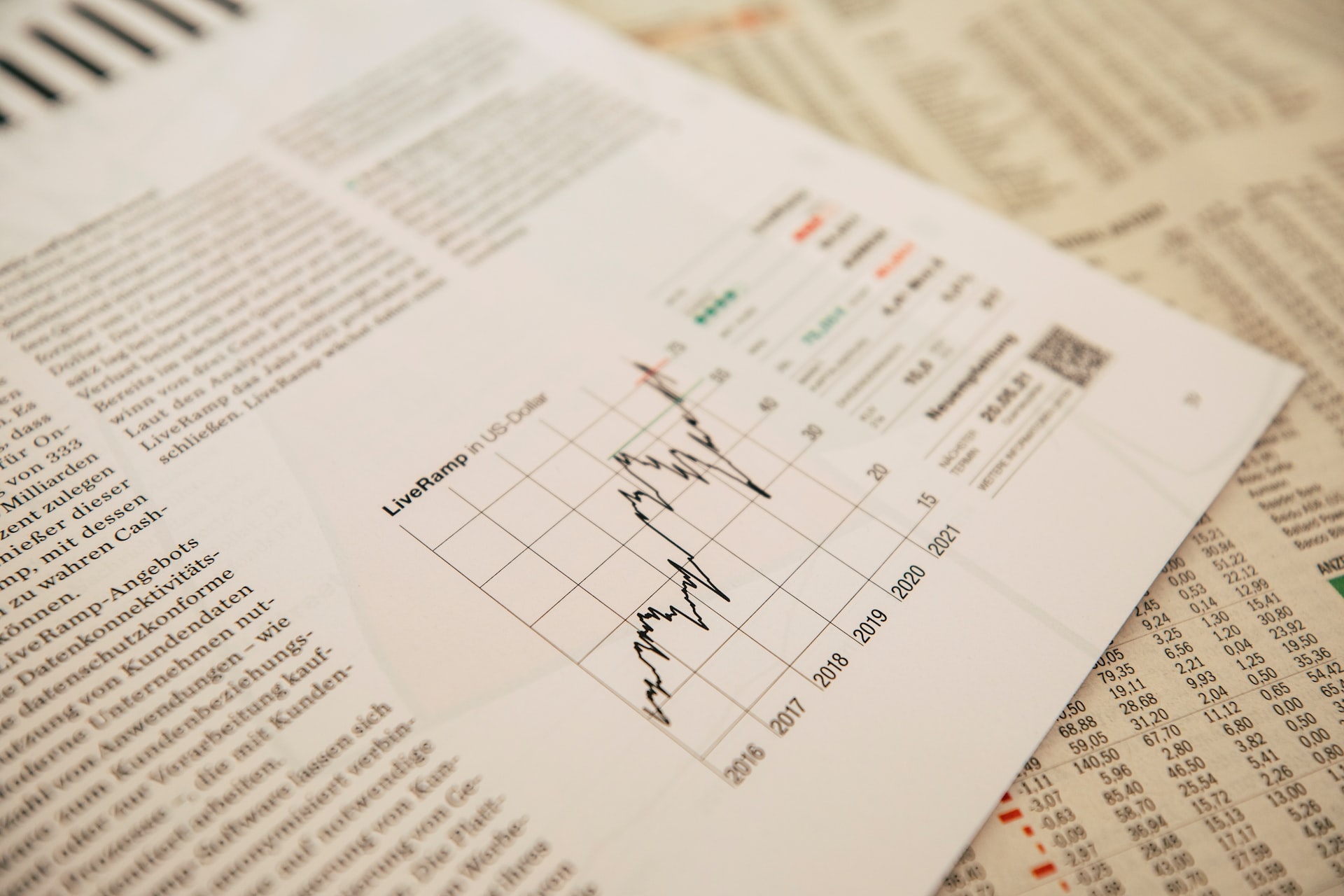Despite a nationwide inflationary economy, Utah’s economy is robust, with 98% of Utah residents employed, according to Utah’s Department of Workforce Services. In addition, according to the U.S. Census Bureau, growth in population, which was 18.4% over the last decade, and job growth have skyrocketed in Utah.
With Utah’s economy growing stronger than ever, find out how this relates to other economic trends in Utah, such as the housing market, the rental market, and the construction and building industries.
1. Seller’s Housing Market Continues Despite High-Interest Rates
There may be a slight drop in home values due to average interest rates hovering at 6 to 7%, but that won’t deter demand for housing. There is still a considerable housing shortage in Utah, continuing to make Utah’s real estate market highly competitive. Because demand is high for low housing inventory, the seller’s market continues.
A contributing factor to low housing inventory is the limitations on where the building industry can build housing. Two-thirds of the land in Utah is federally-owned. A Senate bill, Helping Open Underutilized Space To Ensure Shelter or HOUSES Act, was introduced in April to address this issue. This bill would allow state or local governments to purchase federal land at a reduced price to address housing limitations.
2. The Rental Market is Booming
Residents of Utah are turning to the rental market due to the lack of affordable housing available for potential home buyers with a median household income of $79,133, according to the U.S. Census Bureau, and a median home price of about $500,000, according to an October 2022 report from the Utah Association of Realtors. Add to that a short housing supply and the number of nonresidents relocating to Utah from California, New York, Vermont, and Texas. This further increases the competition for rental spaces.
Because of the demand for rental space, rent costs have grown significantly in the last year, and expectations are that they will continue to rise. This rising trend of rent costs increases the potential value of rental and investment properties.
3. Construction and Building Challenges Contribute to Housing Shortage
Homebuilders have been working hard to diminish the housing shortage, so much so that Utah leads the nation in new home construction. However, the lack of building supplies has pushed prices for those supplies higher, increasing the costs of building new homes, investment properties, and commercial real estate.
The shortage of supplies and associated costs are only some of the challenges faced by the construction and building industry. In addition, the high cost of transporting those supplies and the shortage of drivers have contributed to increased costs too. However, the U.S. Energy Information Administration expects diesel fuel prices to decrease in 2023.
Another challenge holding the construction and building industry back from building more residential and commercial real estate is the labor shortage of skilled building tradespeople in its own industry. However, despite these challenges, the trend is expected to be that the building and construction industry will continue to work harder in building new homes and rental properties to house a continually growing population in Utah.
Despite Inflationary Economy, Utah is Still Prosperous
The present state of the inflationary economy has done nothing to dampen Utah’s economic growth. Knowing the three trends to expect in the real estate, construction, and building industries should give you the confidence to invest in housing and rental properties, whether buying your first single-family home or purchasing investment properties.






